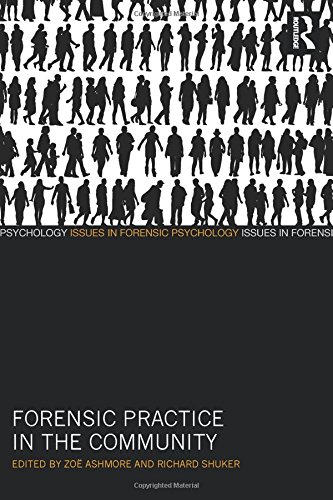

Most ebook files are in PDF format, so you can easily read them using various software such as Foxit Reader or directly on the Google Chrome browser.
Some ebook files are released by publishers in other formats such as .awz, .mobi, .epub, .fb2, etc. You may need to install specific software to read these formats on mobile/PC, such as Calibre.
Please read the tutorial at this link. https://ebooknice.com/page/post?id=faq
We offer FREE conversion to the popular formats you request; however, this may take some time. Therefore, right after payment, please email us, and we will try to provide the service as quickly as possible.
For some exceptional file formats or broken links (if any), please refrain from opening any disputes. Instead, email us first, and we will try to assist within a maximum of 6 hours.
EbookNice Team

Status:
Available0.0
0 reviewsForensic practice in the community is a neglected subject. There are many books looking at forensic work in secure settings, such as prisons or hospitals, but very little has been written about forensic practice in the community. This book describes the current and exciting developments in this area, for both young people and adults, by leaders in their field. It is in the community where interventions with those who have offended are all ultimately tested. Bringing together a range of experts from both the practitioner and academic community, this book covers:
•multisystemic therapy for families,
•sexual and violent offending,
•learning disabilities,
•substance misuse,
•risk assessment, prediction and management,
•personality disordered offenders
•resettlement following custody,
•desistance of criminal behaviour,
•community interventions.
Beginning with an overview of forensic practice in the community, the book addresses policy, practice and ethical issues, focusing on the specific dilemmas facing practitioners and providing an analysis of international perspectives. It describes how to meet the challenge of significantly diverting and reducing the prison population through more effective community intervention with adults and young people and also makes suggestions for the future.
This book offers a range of recent case studies, has descriptions of new areas of community practice by those working or studying in that area and covers cutting-edge developments in practice and policy. It will be of interest to academics, practitioners and students in forensic psychology, as well as social workers, probation officers, youth offending officers, police officers, criminal justice agencies and mental health professionals.